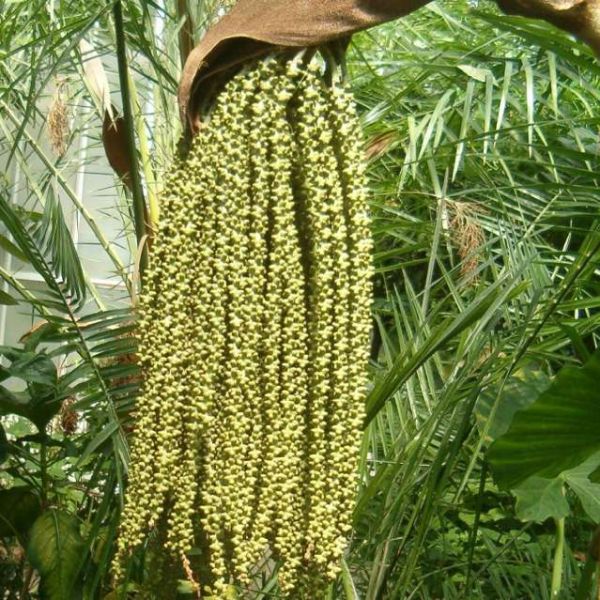Caryota Urens Seeds (Fishtail Palm)
Caryota Urens Seeds (Fishtail Palm)
This palm tolerates well enough cold temperatures and badly drained soils. It prefers a hot or tempered climate.

Delivery
All orders shipped with UPS Express.
Always free shipping for orders over US $250.
All orders are shipped with a UPS tracking number.
Returns
Items returned within 14 days of their original shipment date in same as new condition will be eligible for a full refund or store credit.
Refunds will be charged back to the original form of payment used for purchase.
Customer is responsible for shipping charges when making returns and shipping/handling fees of original purchase is non-refundable.
All sale items are final purchases.
Help
Give us a shout if you have any other questions and/or concerns.
Email: contact@domain.com
Phone: +1 (23) 456 789
Availability: In stock
SKU
Caryota Urens
Commonly known as the Fishtail Palm, Caryota urens is a striking, fast-growing palm that can reach heights of 40 to 60 feet (12 to 18 meters), making it a true statement plant in any tropical landscape. Named for its uniquely shaped, bi-pinnate leaves that resemble a fish’s tail, this palm stands out with its lush, feathery foliage. Native to the rainforests of Southeast Asia and India, Fishtail Palm thrives in well-drained, moist soils and prefers full sun to partial shade. It is well-suited for USDA zones 10-12 and can tolerate short periods of cold but is best grown in warm, humid climates.
The plant produces large, showy clusters of small white flowers followed by dark red, round fruits. Often used as a focal point in tropical gardens or as a natural privacy screen, Caryota urens is admired for its fast growth, unique foliage, and towering height. However, be mindful that the fruit contains irritating chemicals and should not be ingested.
| Common name | Fishtail Palm |
|---|---|
| Species | Caryota urens |
| Germination | First, you can scarify the seeds. Soak seeds in water for 2 days. Use a mix of humus, garden soil and sand. Plant seeds at 1 inch of depth. In winter, keep the soil humid. In summer, keep the soil damp. Give your plant a monthly fertilizing treatment. Germination time is usually long. It will take about a year before leaves start appearing. Your seeds should germinate in 4 months, but it could be more. Don?t get discouraged. |
| Scarification / Stratification | Seed coats may be so hard that they are impermeable to water. They need to be scratched or broken using a knife or sandpaper, in order to germinate. Chip the seeds with a sharp knife or make a few swipes with a sharp edged file or use sandpaper to allow moisture being more readily absorbed. |
| Price View | Price Range |

